Succulent plants are specific and have different requirements than the other plants. However, since their tissue structure mainly contains water, we assume they can survive without water. Keep reading to learn how to water succulents.

If you decide to plant succulents, we will help you learn their needs and create the perfect routine for growing succulents.
Few mistakes related to watering succulents
It is essential to read and remember the critical mistakes almost everyone made at least once, leading your succulent to dead.
Here is the list with an explanation of how to avoid overwatering.
1. Drainage soil
If you have read other articles on our page, you probably know how important it is to have perfect potting soil with good drainage.
The mineral and organic percentage is necessary for growth and avoiding excess water.
Once you learn how to prepare your mix, it will be easier to avoid frequent watering and root rot.
Keep in mind that pot type and drainage holes on the bottom also pay attention. Too much water for an extended period may be a deadly combination for any succulent alive.
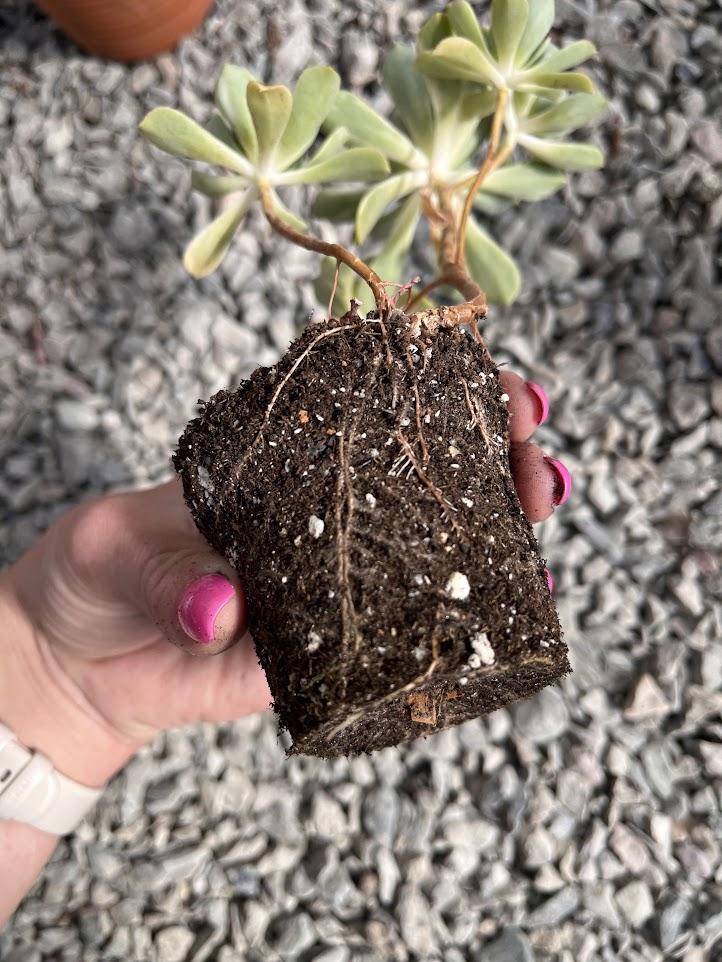
2. Type of water
Why do we mention this? Because succulents are plants that thrive best in the soil’s low pH, what type of water you use for watering is also a valuable factor.
You should know that tap water itself is not the best choice when choosing suitable water, especially when it comes directly from the pipe.
Despite tap water, rainwater is the best choice since it is acidic and helps plants to absorb nutritional elements from the soil better and to grow stronger roots and beautiful rosettes.
You can always use distilled water or tap water left at least one day before use.
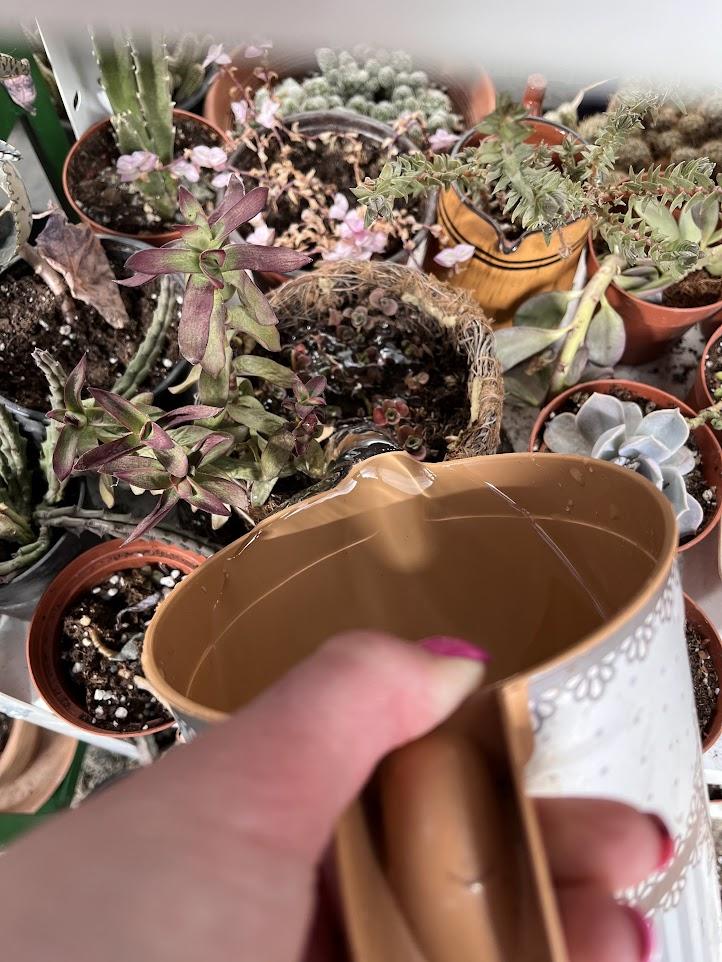
RELATED: How to Get Rid of Mold on Succulents: A Comprehensive Guide
3. Size of the potting container
Another element to pay attention to is how big the potting container is.
A bigger one means that water will retain, and your succulent plants will not have a chance to use it.
In such cases, more water means a deadly combination for your succulents and lots of fungal diseases and rotting.
The right pot is never too big or too high for your green friend.
Keep in mind that pot size should be around the same size as your plant and have space to grow depending on the direction.
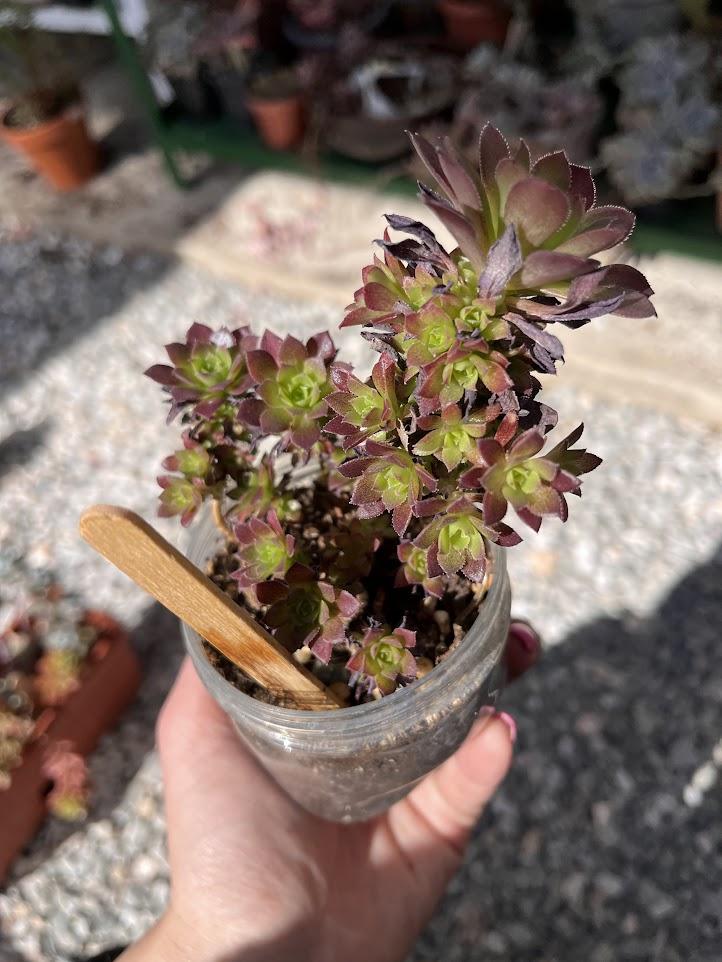
4. Different watering methods
How you water your succulents is essential for proper growth and care.
There are many practical and safe ways to water succulents indoors.
Some include bottom watering, watering from the side with a small squeeze bottle, pipe, or syringe.
You may see some people are using a spray bottle to mist their succulents or add water from the top. Remember never to use these methods to water your succulents.
When misting or watering from above, water will stay between the leaves and usually leads to fungal disease, which can kill your plant.
To avoid this kind of damage, stay on the safe side and choose the best method for succulent care.
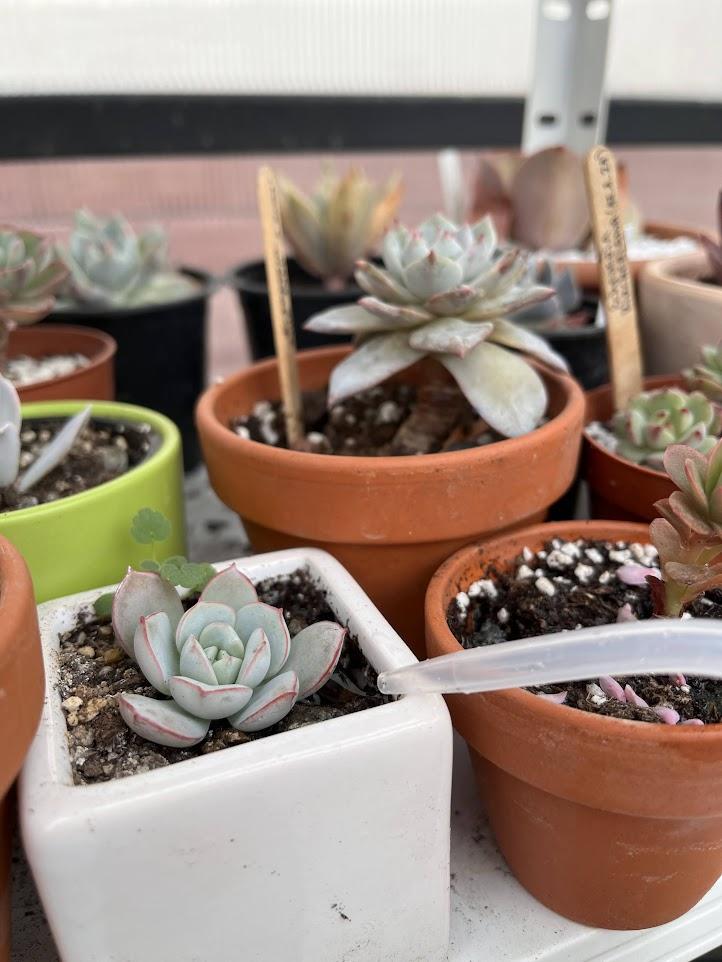
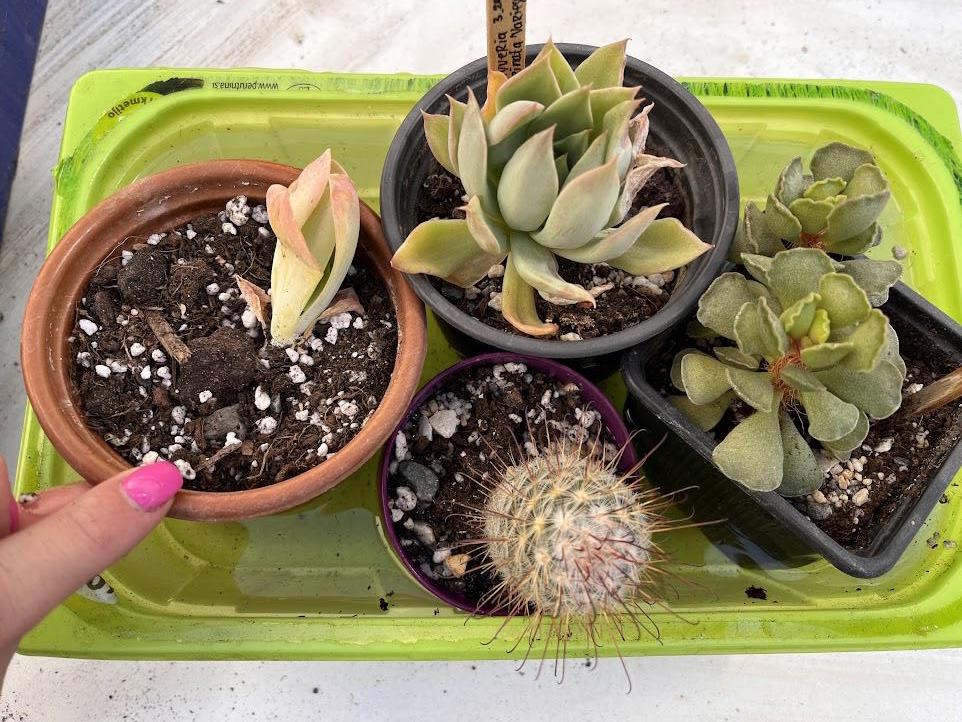
What is affecting watering succulents?
Many reasons may be elements to pay attention to if you want to have beautiful plants.
Sometimes you and your plant soil are not enough to satisfy the basic needs, and the environmental factor is something you should also think about.
Let us look together at all the environmental elements that influence your watering.
Season and weather conditions
Different seasons mean changeable watering needs depending on active or passive growth of your plant.
It is widely known that spring and autumn are the best periods when the growth hormones are on high levels, and plants need a good soaking and wet soil more often.
Since the soil has good drainage properties, it will dry out quickly, and the watering frequency is more significant than on cooler days.
You should pay attention and never leave soil completely dry in the growing season since it needs constant nutritive balance for most succulents.
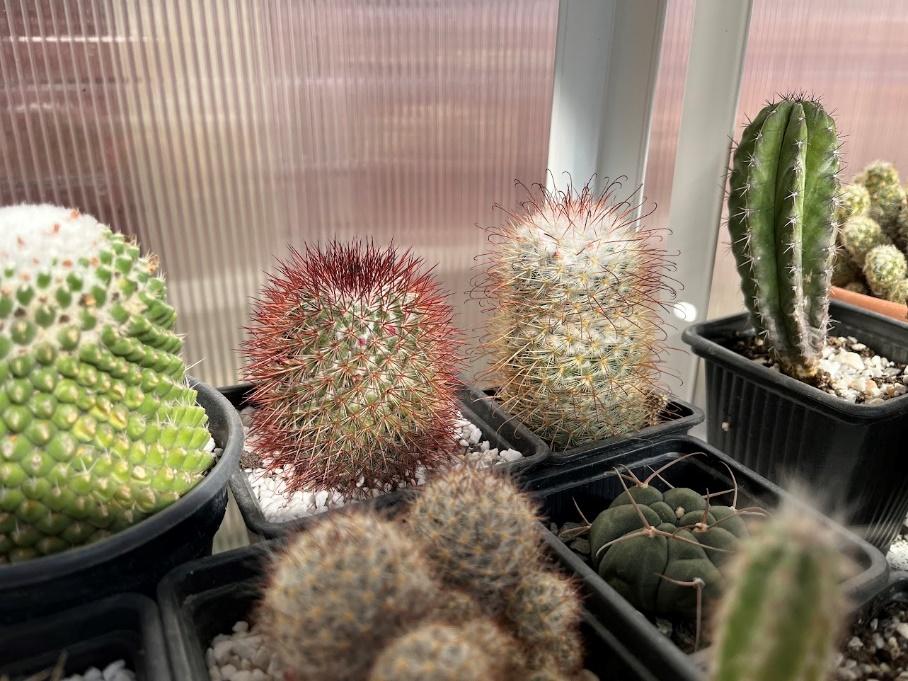
RELATED: Best Ways to Propagate New Succulents from Leaves and Cuttings
Light exposure and location
One of the biggest mistakes is often the location.
Succulents thrive best in total sunspots, especially in the warmer months.
Whenever we talk about outdoor succulents or indoor succulents in pots, there is no option to put them in the corner with indirect sunlight.
Other plants may have difficulties using the whole sun exposition, but when it comes to succulents in pots, there is a greater chance to kill them because of low light rather than too much light.
Keep in mind that some plants need previous adaptation, especially if farina (leaf coating) is not present.
There is no need to wait long between watering and will have happy plants when sun exposure is correct.
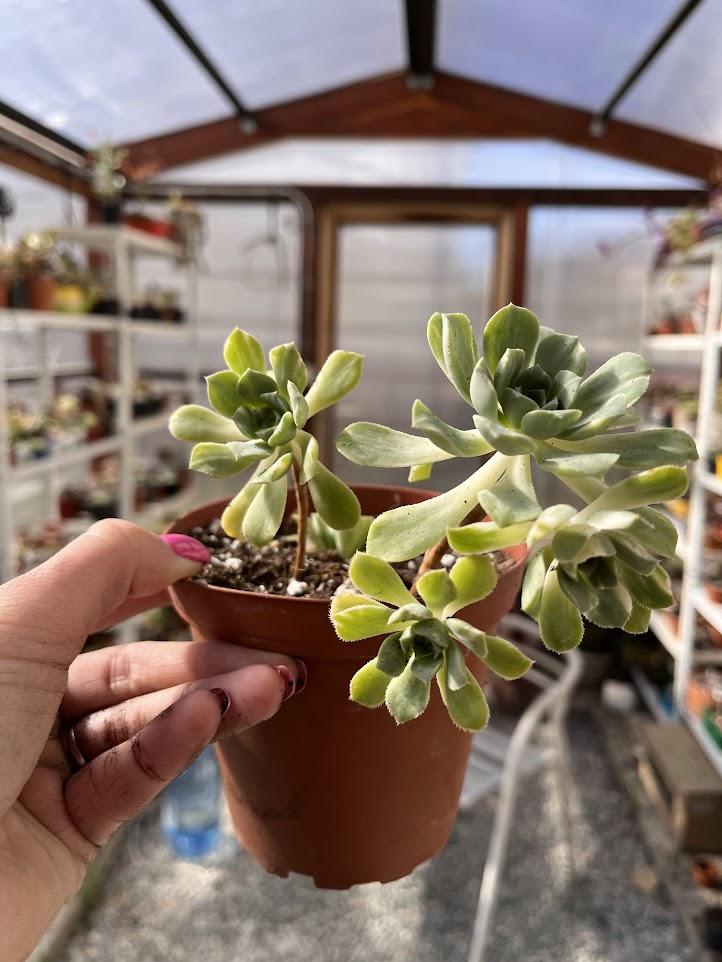
Humidity and aeration
Aeration and humidity can cause difficulties during the winter months if not regulated.
Ground succulents in the hot zones should not suffer from this problem, but the other succulents, especially indoor ones, can quickly die.
High humidity triggers more fungal diseases and will give you much more problems later since it spreads very fast.
On the other hand, if aeration is not good, plants will start forming aerial roots to use the humidity and accommodate the dire conditions given.
Avoid intense heat and spaces with heating.
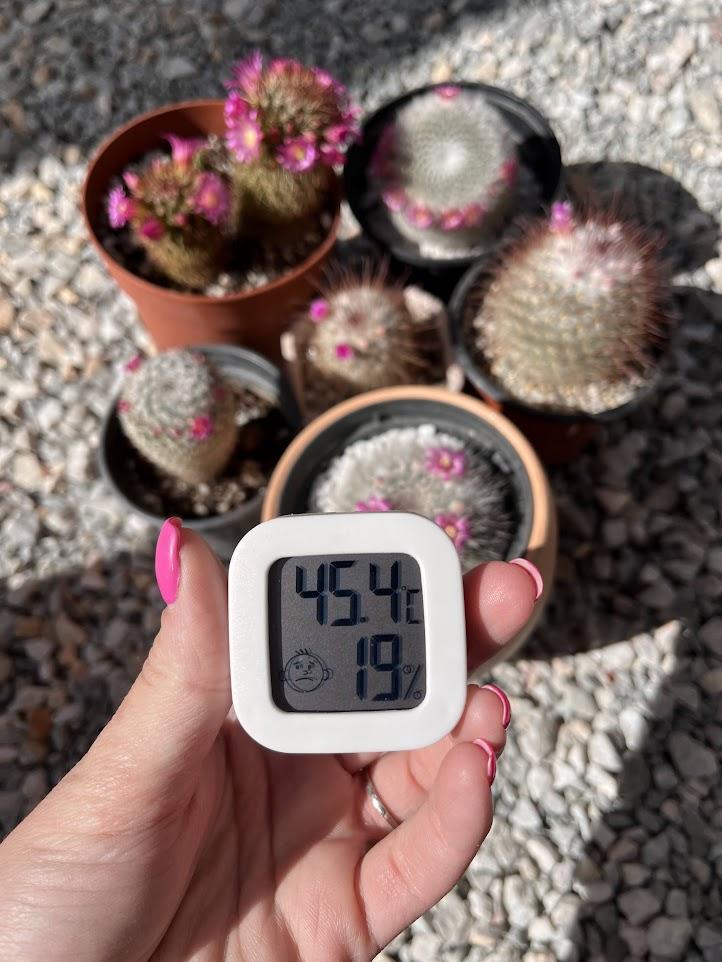
How to create a perfect watering schedule
We know that reading all the above, you probably wonder the best way to water succulents and how much is enough.
We will simplify this for you by giving you directions that will lead to the best results.
- Check if the soil is dry. If not, make sure not to water until it dries out completely.
- When the temperatures are not too high during the growing seasons, the best time for watering is early morning or after sunset
Watering like this will help better absorption, and your plant can use the whole water fresh for nourishing.
- Avoid misting and watering from the top – we explained why
- Well-draining soil is your best friend, and your plant will thank you for that. When the soil dries quickly, chances for root rot are minimal, and plants will thrive excellently.
- Constant control of the humidity level is much needed because houseplants are different from succulents. They will stand high humidity, while succulents are looking for low humidity and good air circulation since they are drought tolerant.
- Follow the signs your plant gives you – shriveled leaves show when your plant needs more water and often watering, while fleshy leaves are signs of letting the soil dry and giving your plant less water than usual.

RELATED: Step by Step Guide to Preparing a Perfect Potting Mix for Your Succulents
Here is a list of FAQs that will help your succulents and cacti journey
Here are some answers that will solve your most common questions and problems as a succulent parent.
We believe this article will help you in creating your perfect plant collection.
1. How do you care for indoor potted succulents?
The most important thing for all indoor plants is sun exposure and potting containers.
If you are not sure, it is better to use smaller containers at the beginning and follow the soak and dry method.
It is an important plant pot to have at least one drainage hole because the excess water quickly leads to rooting rot and killing your plant.
Long periods without water are sometimes better than watering indoor succulents much more than needed.
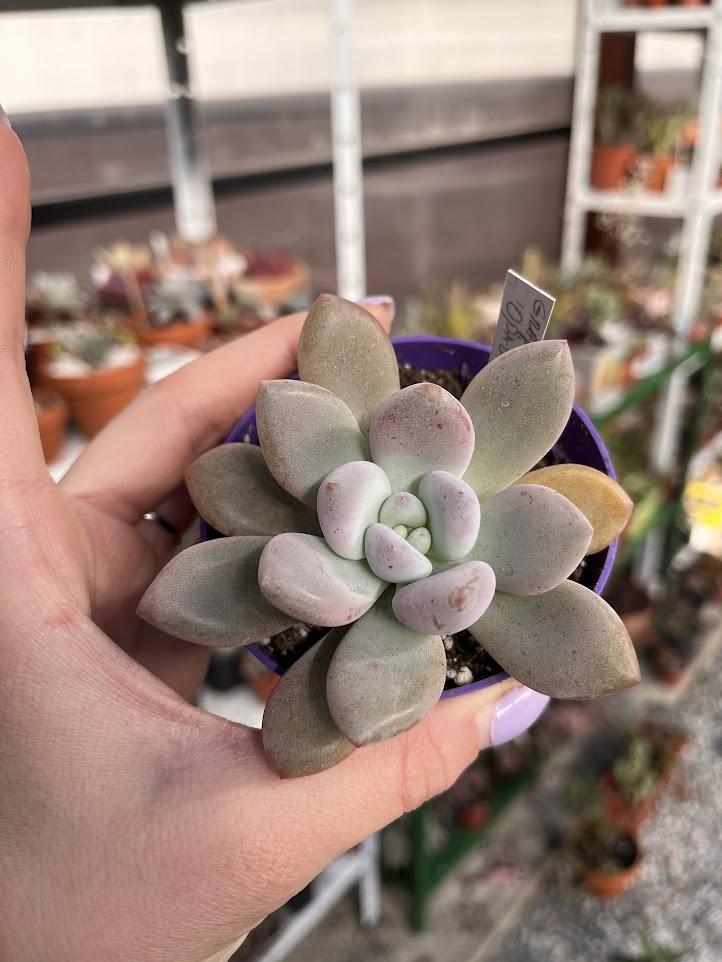
2. Where should I put succulents outside?
Outdoor plants should never be exposed to the intense sun immediately because their leaves can be easily burned.
If you have kept your plant in the cooler months inside, make sure to adapt and allow the succulent to stay in a partial shade or location with a short time of sun exposure.
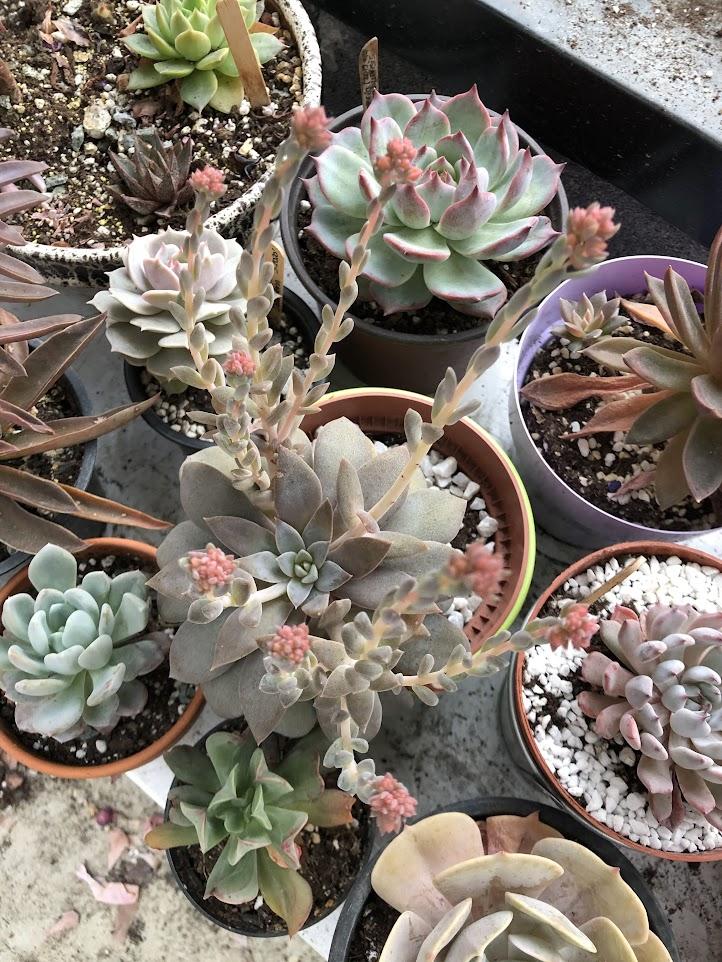
3. Is it better to mist or to water succulents?
We explained why misting is not the best option in practice.
Since it can make your problems bigger, it is better to avoid all the risks in order to keep your succulents alive.
Watering succulents regularly is anyhow a better option with one of the explained methods when soil is dry.
4. Can succulents grow in the shade?
You must understand that plants like this thrive best in arid climates, and they need sun and light for optimal growth.
Even though some species can tolerate medium shadow, they do not love an utterly dark environment during the whole day.
We believe you have at least a light spot for small aloe vera succulent. It is easy to start with, and you will love it.
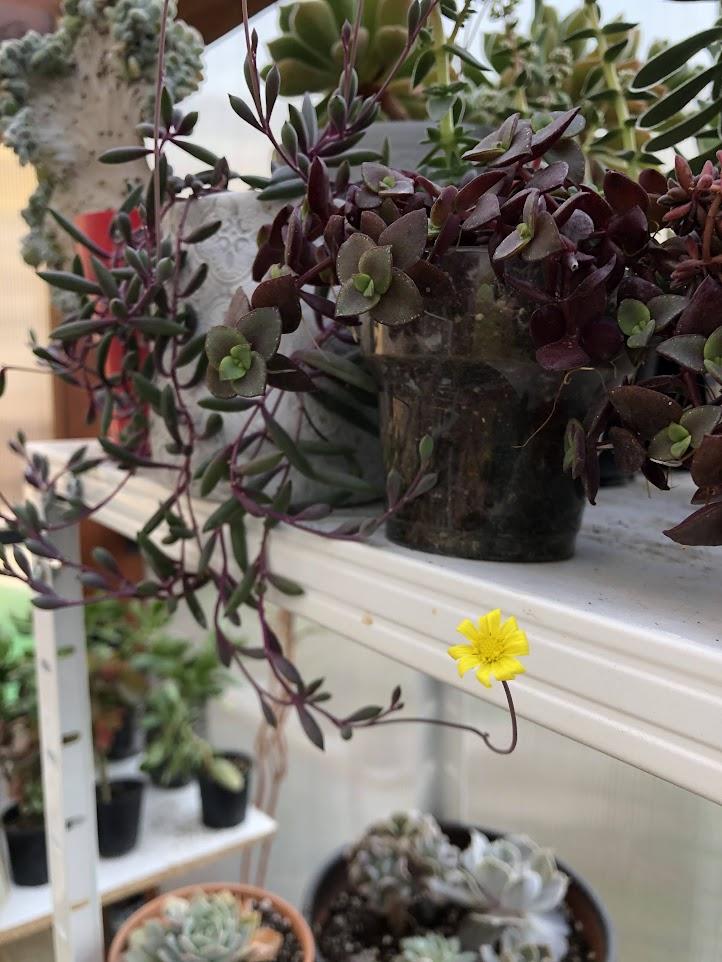
Editor’s Recommendations
After learning how often to water succulents, make sure to read our other tips on how to take care of succulents:
Realize Common Fungal Infections on Succulents and How to Treat Them
Solving the Dilemma Why Cacti are Not Trees and What Makes Them Plants







